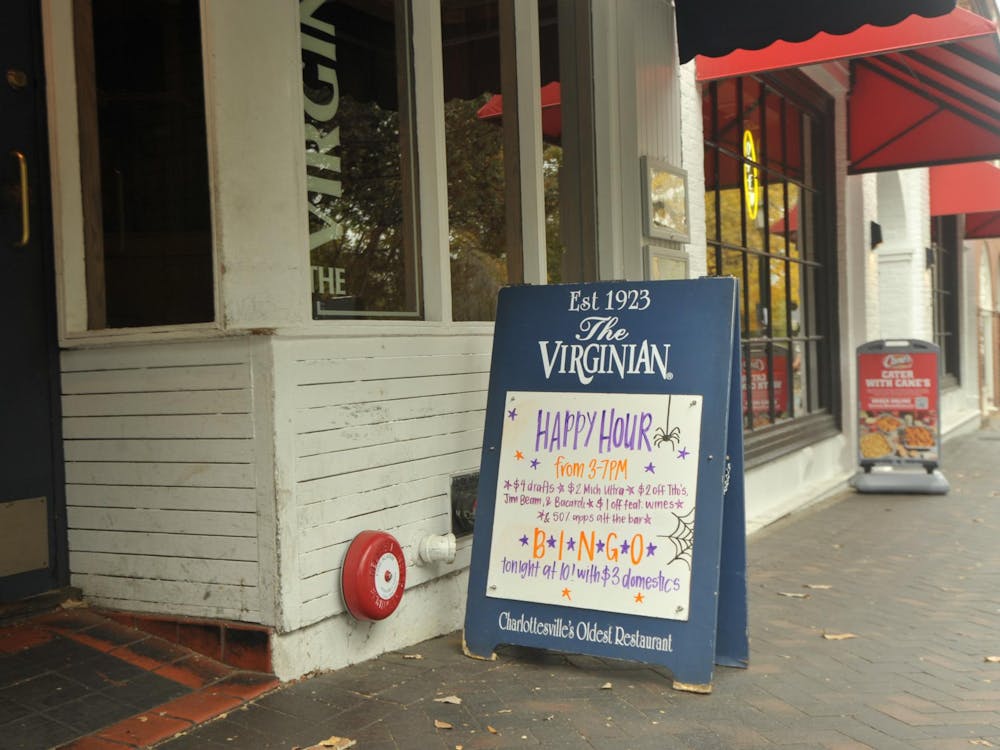Senator Jim Webb, D-Va. has proposed to add 13 Southwest Virginia counties to the Appalachia High Intensity Drug Trafficking Area program, an initiative of the White House Office of National Drug Control Policy.
The HIDTA program provides additional federal resources to designated areas that exhibit serious drug trafficking problems to help eliminate and reduce the harmful consequences of illicit activity. It facilitates intelligence sharing and creates multi-agency and multi-jurisdictional law enforcement coordination, according to the agency's website.
In a Feb. 2 letter to R. Gil Kerlikowske, director of the White House Office of National Drug Control Policy, Webb urged Kerlikowske to include more counties in the Appalachia HIDTA program so that law enforcement offices can receive more aid and benefits from these efforts.
"The resources of local law enforcement in these counties have been severely depleted as police and sheriffs' deputies combat the escalating amount of drug trafficking and related crime in the region," he wrote. "Federal collaboration and coordination with local enforcement would have a significant impact on the violence and drug-related deaths that plague this region and would dramatically improve the quality of life for the people of Southwest Virginia."
The Appalachia HIDTA is in charge of numerous counties within Kentucky, Tennessee and West Virginia. Webb included the following Virginia counties in his expansion request: Bland County, Buchanon County, Carroll County, Dickenson County, Grayson County, Lee County, Russell County, Scott County, Smyth County, Tazewell County, Washington County, Wise County and Wythe County.
Response from law enforcement officers in these areas has been overwhelmingly positive.
"We are pretty excited about it and hoping it helps with some funding," said Kenneth Hill, Dickenson County Police Department investigator.
Lieutenant Greg Gillenwater of Scott County echoed those sentiments.
"If they can get it, it would be a wonderful thing. [It would] give us a chance to get all the drugs off the street that we can," Gillenwater said.
The three U.S. interstates, I-64, I-77 and I-81, and several major byways, including U.S. Routes 23, 58, 11, 19, 421 and 41, that traverse Southwest Virginia make the region an ideal area for drug trafficking, Webb's office said in a statement.
Gillenwater said many drug traffickers go down to Florida, attain prescriptions, and bring them back to Virginia. He added that the program would enable law enforcement to combat these efforts and make the overall community a better place.
In his letter to Kerlikowske, Webb explained the importance of expanding the HIDTA.
"The expansion of Appalachia HIDTA into these Virginia communities would extend the reach and efficiency of HIDTA, allowing it to effectively combat and eradicate, rather than merely geographically relocate, these systemic drug trafficking and production networks."
All petitions for HIDTA inclusion are reviewed by a panel of independent experts to determine if the area is a significant center of drug activity, ensuring that federal resources are deployed efficiently, ONDCP Spokesperson Rafael Lemaitre said in an e-mail.
"Smart law enforcement, drug education, and drug treatment all play a vital role in reducing drug use and its consequences in Southwest Virginia and across the Nation," Lemaitre said. "We look forward to working with Senator Webb and communities in Southwest Virginia to address our shared concerns about the impact that drug use has on our citizens"






